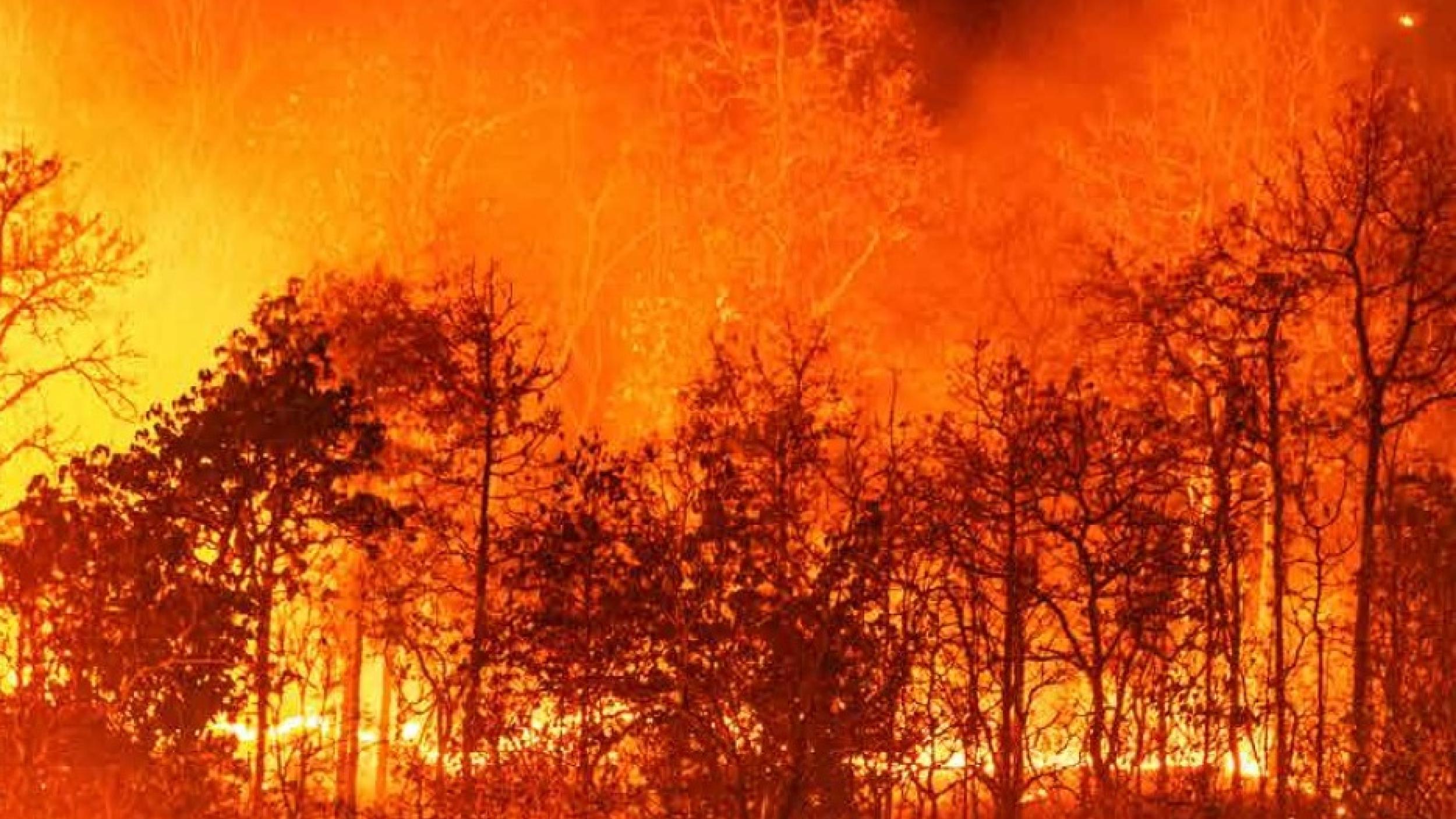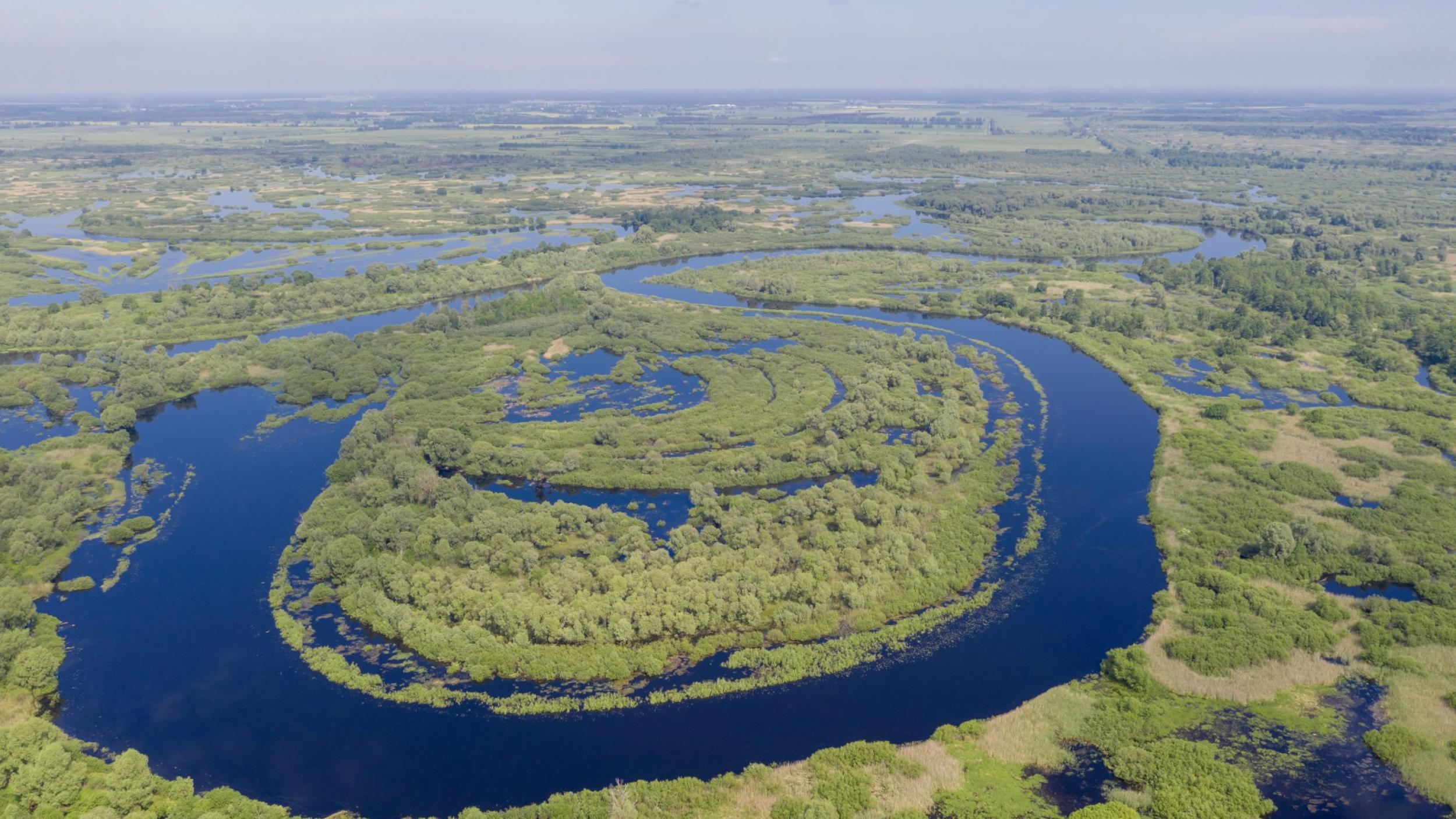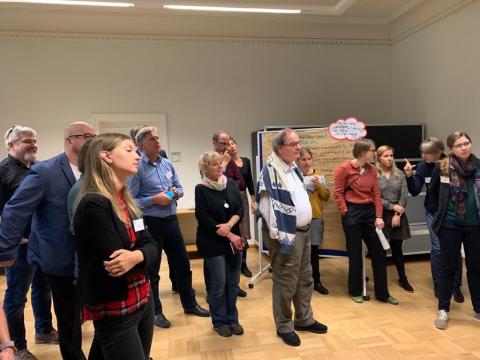
Theme Fires

Peatlands are present all over Europe, mostly in the Northern, Central and Eastern regions, (see Fig. 1) where they provide many ecosystem services such as carbon storage, supporting unique biodiversity, freshwater supply, flood prevention, etc. However, peatlands have been degraded for several centuries across Europe, and continue to be degraded, with the main drivers being large scale drainage for agricultural, forestry or peat extraction.

A recent study led by the University of Leeds showed that even if climate warming with changes in temperature and rainfall is impacting peatlands by making them drier, people also have direct and substantial impacts on peatlands. After examining changes in peatland surface wetness from 31 peatlands across Britain, Ireland, Scandinavia and Continental Europe during the last 2000 years, they found that 60% of the studied areas were drier between 1800-2000 CE than the past 600 years. “Our study sites include some of the least damaged peatlands in Europe, but it is clear that almost all European peatlands have been affected by human activities to some extent” said the lead author, Dr. Graeme Swindles from the University of Leeds.
Another study published in Nature Climate Change showed that, “in 1960, the global peatland biome turned from a net sink into a net source of soil-derived GHGs” because of drainage of peatlands for agriculture and forestry.
Several European countries and their policy makers have made big efforts by putting policies in place, creating incentive schemes or legislative frameworks recognizing the need for the protection and restoration of peatlands. Peatland conservation has also been recognized as an important way to protect endangered species in Europe and the European Commission has stated that, “much stronger efforts are needed” if we want to reach the 2020 EU biodiversity strategy. Despite this, restored peatland areas remain very small compared to the extent of degraded peatlands (see Table 1 from Peters, J and von Unger, M. 2017) with many countries still lacking a peatlands strategy that takes into consideration the multiple ecosystem services that these unique places provide.

With the growing awareness of the importance of peatlands, including recognizing the significant contribution to GHG emissions when they are drained or degraded, several European countries are working hard to update and develop new national peatlands strategies. In October this year, the Federal Agency for Nature Conservation (BfN) and the Federal Ministry for the Environment, Nature Conservation and Nuclear Safety (BMU) of Germany, in partnership with the Ramsar Convention Secretariat and the Michael Succow Foundation, co-hosted a best practice exchange workshop with a number of experts and key peatland stakeholders from EU Member States in Bonn, Germany.
The European Peatland Strategies workshop highlighted the importance of working across sectors to take into account the different services that peatlands provide – from biodiversity, climate change, resilience, livelihoods and cultural heritage. It was a unique opportunity to exchange ideas to inform national peatland plans and strategies, highlighting key elements or criteria for content and taking experience and inspiration from different processes as well as identifying gaps in some strategies.

Representatives from the European Commission, Germany, the Netherlands, Finland, France, the UK, Latvia, Switzerland, Estonia, Austria and Sweden, together with International Organizations involved in the Global Peatlands Initiative including the United Nations Environment Programme, Ramsar Convention Secretariat, Wetlands International, International Peatlands Society, and the Michael Succow Foundation, discussed and identified core elements and processes from best practices of peatland management including aspects of conservation, restoration and sustainable management, as well as implementation measures. The United Nations Environment Programme as lead of the Global Peatlands Initiative, shared the opportunity of the newly adopted UNEA4 Resolution on the “Conservation and Sustainable Management of Peatlands” to raise the ambition of peatland policies and its relevance as a framework for the development and upgrading of peatlands strategies and policies globally.
The workshop participants also tackled the question of how to collaborate and integrate peatlands conservation at the European level while reviewing the existing practices and regulations. Through interactive discussions, participants were given a better understanding of the barriers and incentives that governments are facing or putting in place to accelerate their commitments to Nature Based Solutions for multiple benefits, including how multiple MEAs can be advanced by prioritizing working together for peatlands conservation, restoration and sustainable management now.
Participants concluded that an effective peatlands strategy will require involvement, a willingness to change, and a dialogue between all stakeholders seeking multiple and mutual benefits. It requires consideration of all aspects including politics, environment, economy, health, trade, etc., by enabling an inter-sectoral collaboration to reconcile interests and obligations of the actors involved including nature conservation, agriculture, forestry, tourism, trade and water management. As participants pointed out, national peatlands strategies and any possible European joint plan or strategy needs to work in synergy and raise international attention about the fact that peatlands issues go beyond political boundaries and when looked at holistically can provide multiple benefits across sectors.
It is time for countries all around the world to reflect, take action and develop or update their relevant strategies to contribute to restore, protect and sustainably manage their peatlands, and Germany and their European neighbours are already making great strides through positive discussions like this.
For more information, please contact Dianna Kopansky: Dianna.Kopansky@un.org
Graeme T. Swindles, Paul J. Morris, Donal J. Mullan, Richard J. Payne, Thomas P. Roland, Matthew J. Amesbury, Mariusz Lamentowicz, T. Edward Turner, Angela Gallego-Sala, Thomas Sim, Iestyn D. Barr, Maarten Blaauw, Antony Blundell, Frank M. Chambers, Dan J. Charman, Angelica Feurdean, Jennifer M. Galloway, Mariusz Gałka, Sophie M. Green, Katarzyna Kajukało, Edgar Karofeld, Atte Korhola, Łukasz Lamentowicz, Peter Langdon, Katarzyna Marcisz, Dmitri Mauquoy, Yuri A. Mazei, Michelle M. McKeown, Edward A. D. Mitchell, Elena Novenko, Gill Plunkett, Helen M. Roe, Kristian Schoning, Ülle Sillasoo, Andrey N. Tsyganov, Marjolein van der Linden, Minna Väliranta, Barry Warner. Widespread drying of European peatlands in recent centuries. Nature Geoscience, 2019; DOI: 10.1038/s41561-019-0462-z
Leifeld, J., Wüst-Galley, C. & Page, S. Intact and managed peatland soils as a source and sink of GHGs from 1850 to 2100. Nat. Clim. Chang. 9, 945–947 (2019) doi:10.1038/s41558-019-0615-5
Widespread drying of European peatlands in recent centuries https://www.nature.com/articles/s41561-019-0462-z#citeas
Intact and managed peatland soils as a source and sink of GHGs from 1850 to 2100 https://www.nature.com/articles/s41558-019-0615-5
The human health benefits of conserving and restoring peatlands https://www.globalpeatlands.org/?p=16628
Workshop Peatland Strategies in Europe https://www.bfn.de/en/activities/international-nature-conservation/projects/workshop-peatland-strategies-in-europe.html
The peatland map of Europe http://mires-and-peat.net/pages/volumes/map19/map1922.php
Mires and peatlands of Europe: status, distribution and conservation https://www.schweizerbart.de/publications/detail/isbn/9783510653836/Joosten_Tanneberger_Moen_Mires_and_peat